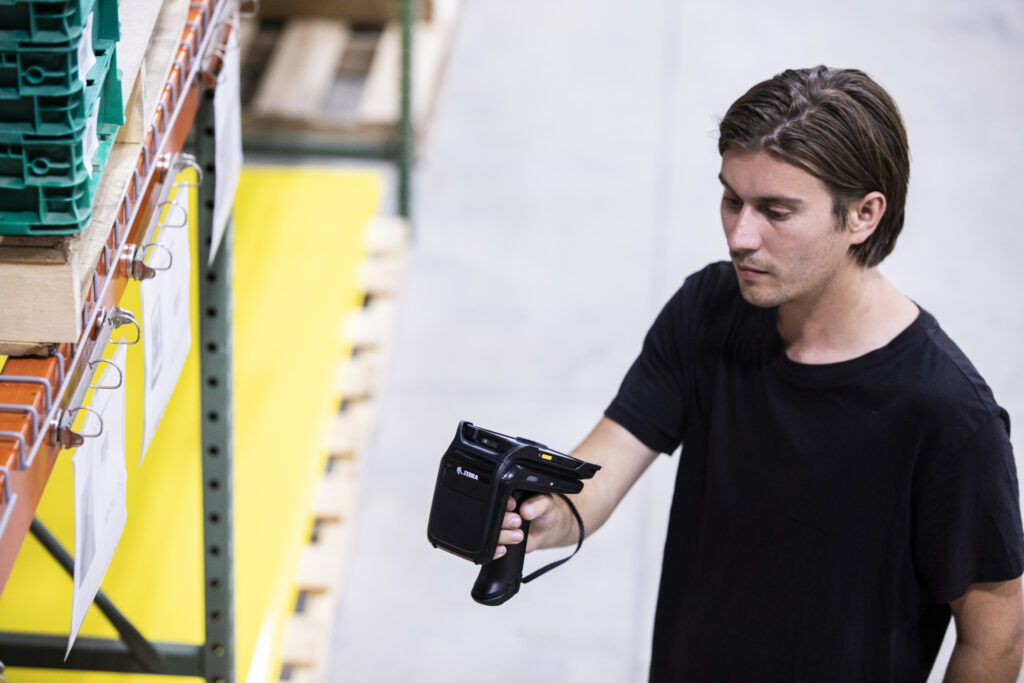Every business has assets. Whether it be IT assets used by employees as part of day to day operations or tools used during a manufacturing process, the management and tracking of the assets is critical. When it comes to asset tracking, there are various technologies that can be used depending on the various factors including but not limited to the level of automation, cost, ease of deployment and infrastructure required. Apart from RAIN (UHF) RFID, some of the other technologies that are used for asset tracking include barcodes, BLE beacons and other forms of RFID such as Ultra-Wide Band (UWB). However, given the previously mentioned factors, RAIN RFID is a great choice for asset tracking and management.
What Goes Into a RAIN RFID Solution
There are just a few components required to get started with a RAIN RFID solution for asset tracking. Firstly, each asset is tagged with a RAIN RFID tag or label. Depending on the type of asset, a purpose built on metal RFID tag may be used. Then using RFID readers, which include RFID handhelds or fixed RFID readers, the RFID tags and labels are “read” allowing us to identify the presence of those items and automating traditional manual workflows.
What brings it all together is RFID software. At RFID4U, we have an extensive RFID software portfolio including a platform called TagMatiks. As part of the platform, we’ve got an enterprise grade, cloud ready solution called TagMatiks AT Enterprise. However, to make it easy for companies to try out RFID asset tracking, we have a “light-weight” version called, TagMatiks AT Lite. TagMatiks AT Lite is free to download and use to 99 assets.

The Benefits
There are numerous benefits of adopting RAIN RFID for Asset Tracking that can help derive an ROI on adopting the technology. In many cases, the benefits can be measured quite easily such as the amount time required to inventory assets stored in a specific location. However, in other cases, the benefits are intangible such as the knowledge of knowing when an asset goes missing.
Bulk Counting
One of the top benefits of using RAIN (UHF) RFID for asset tracking and management is the speed at which counting can be done. Typically, when it comes to these use cases, counting for assets is done in the form of a workflow. For example, an RFID handheld can be used to count assets stored in a specific area. This is often referred to an inventory, audit, or cycle count. Sometimes, that count which is done using an RFID handheld is used to mark a transaction such as checking in or out assets.
If using a fixed reader, assets can be counted in bulk as they move through an area indicating the current or last know position for that asset.
Improved Accuracy
With reduced human intervention, the technology can offer improved accuracy. In addition, as workflows like cycle counting take less amount of time, many organizations can conduct them more frequently.
Serialization
As the RFID tags that are attached to assets are unique by design, when it comes to the history or traceability for an asset, you will know that it is a specific asset.
Asset Visibility
With improved business processes, rather than focusing on managing all assets, businesses can put more attention on assets that require attention. For example, assets that are needed for a specific job or that have not been seen for a specific number of days.
Do you need help starting your RFID asset tracking project, if so; contact us and we would be glad to get you going in the right direction.